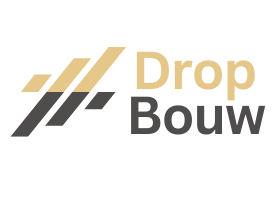As the 789P smartphone gains momentum in the tech world, content creators, bloggers, and digital marketers are finding new ways to build strong online visibility around it. One of the most effective strategies for maximizing content reach and user engagement is through topic clustering 789P. A topic cluster is a group of interlinked articles centered around a core theme, allowing for deeper exploration and improved search engine rankings. Creating topic clusters around the 789P is a smart move for anyone looking to provide value and drive traffic.
To begin with, every topic cluster needs a pillar content piece. This is the main article that broadly covers a central topic—in this case, the 789P. The pillar could be a comprehensive review or an all-in-one guide to the device. It introduces the phone, highlights its major features, and serves as the central hub from which all other related content branches out. The goal is to answer general questions and offer a broad overview that appeals to a wide audience.
Next come the cluster content articles, each focused on a specific subtopic related to the 789P. These could include areas such as camera performance, battery optimization, software features, custom ROMs, launchers, and gaming capabilities. Each article dives deeper into its subject, offering valuable insights and tips. By linking back to the pillar content, these pieces create a web of information that keeps users engaged and encourages exploration.
For example, one cluster article could be a detailed guide on optimizing the 789P’s battery life. It might include tips on background app Nổ Hũ 789P management, display settings, and power-saving modes. Another article could focus on hidden Android features available on the 789P, helping users unlock advanced functions. These pieces not only serve as useful content but also strengthen the authority of the overall cluster.
Another effective cluster topic could center around customization options. This might include guides on using widgets, installing third-party launchers, changing themes, and enabling developer options. Users who enjoy personalizing their devices will find this content especially valuable, and the internal linking helps them navigate between related articles with ease.
It’s also important to include cluster articles that cater to different user types. A guide for first-time smartphone users can offer basic tips, while another piece may appeal to tech-savvy users interested in rooting the device or installing custom firmware. Addressing different audience levels ensures that the cluster attracts a broader range of readers.
To make topic clusters even more powerful, consider timely and seasonal content. Articles that focus on software updates, upcoming features, or year-end app recommendations can draw regular traffic. These can be linked to evergreen content for continued relevance. A strong mix of timeless and current content keeps the topic cluster dynamic and valuable over time.
Lastly, topic clustering is not just about quantity—it’s about strategic organization. Each piece should serve a purpose, answer a question, and provide real value. By interlinking relevant articles naturally, you improve user experience and signal to search engines that your site offers deep, authoritative coverage on the 789P.
In conclusion, creating topic clusters around the 789P is an effective way to build a strong digital presence. By organizing content into interconnected pieces that explore the phone’s features, performance, and user benefits, you create a rich resource that serves both users and search engines. Whether you’re a tech blogger or a brand looking to gain visibility, this strategy can elevate your content and keep readers coming back.
